By Kevin M. Hymel
As it turns out, Belgium was the perfect place to hide a counteroffensive against the Allies. It is a mountainous country where towns are squeezed close together; the hills are punctuated by forests and small farms; and the forests are filled with small, thin trees while most farms are on slopes.
It was in this terrain that Adolf Hitler launched his final offensive in the West, initiating Operation “Watch on the Rhine”.
Favorable Landscape and Weather
Along with favorable terrain, the Führer had another advantage in the weather. The heavy fogs that haunt the Low Countries from November through December had rolled in, nullifying Allied air superiority. Even today, Belgium’s weather consists mainly of overcast skies. In fact, in the year 2000 Belgium saw only 25 days of sunlight.
In addition to a favorable landscape and weather, the Germans had one more advantage at the Battle of the Bulge—the local populace spoke German, and a number of people in the towns considered themselves German.
Help From the Locals
When the offensive was launched, the residents of Merlscheid, which was once part of Germany, helped guide the Nazi Tiger tanks through the town at night. In the town of Honsfeld, less identified with Germany, a family trying to hide their son from conscription offered their daughter as a guide. The bargain did not work out. Her raped body was found west of the town during the spring thaw.
Today the locations of the German offensive look much as they did before the Battle of the Bulge; an impressive achievement, since Europe does not have the equivalent of a park service to keep its historic areas preserved. Honsfeld, famous (or infamous) for the German photo of soldiers trying on American boots with the previous owners’ corpses in the foreground, remains much the same today. The water troughs for animals are still there, and the fork in the road is recognizable to any passing tourist familiar with the incident. American foxholes can still be found, though the thought of finding anything from the 1940s is quickly stifled when would-be treasure hunters realize the land has already been mined over and over again.
The Advantages Begin to Turn
Belgium may have been an ideal place to hide a huge offensive, but the land did not favor such action once it began. Despite the superiority of Tiger and Panther tanks and the experience of the German Army, the numerous streams and hilly ground gave the Americans excellent defensive positions from which to slow the attack.
In the end, the advantages of Belgium could not outweigh the disadvantages. A sustained offensive on such terrain could not be given the demands of a two-front war. The German plan at the Battle of the Bulge, while excellent for providing a breakthrough, could not achieve a breakout.
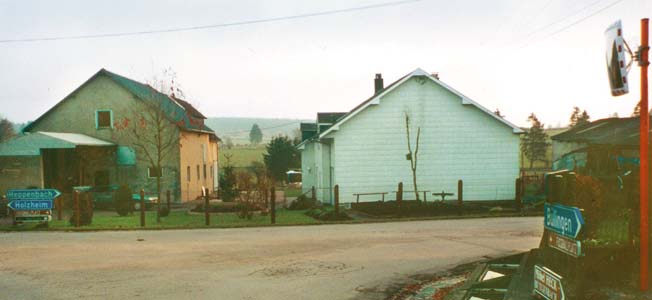
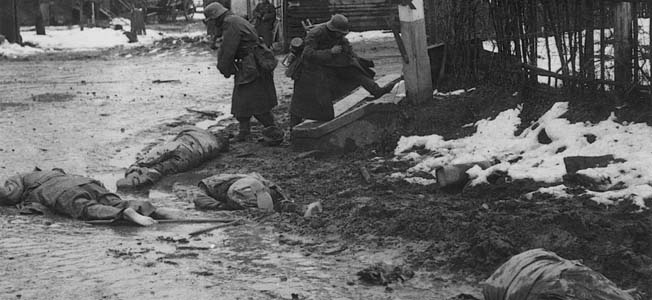
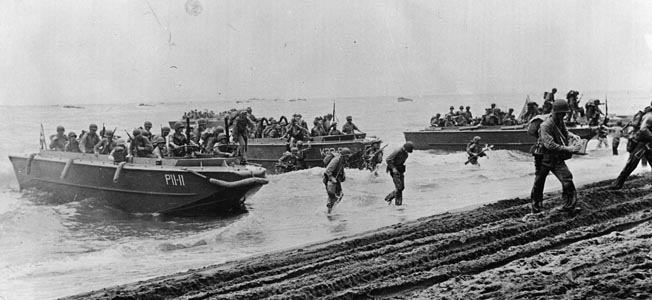
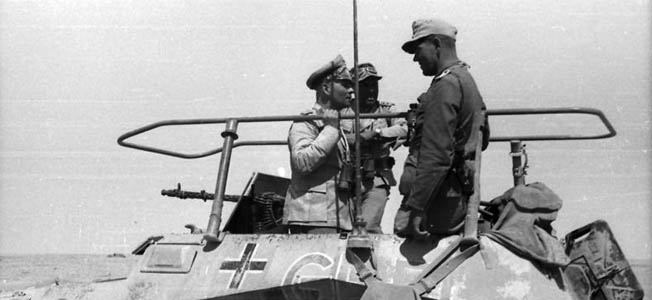
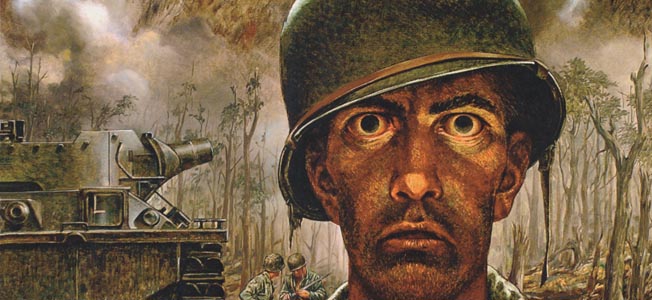
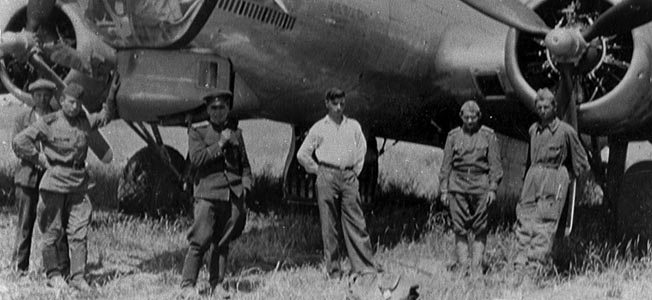
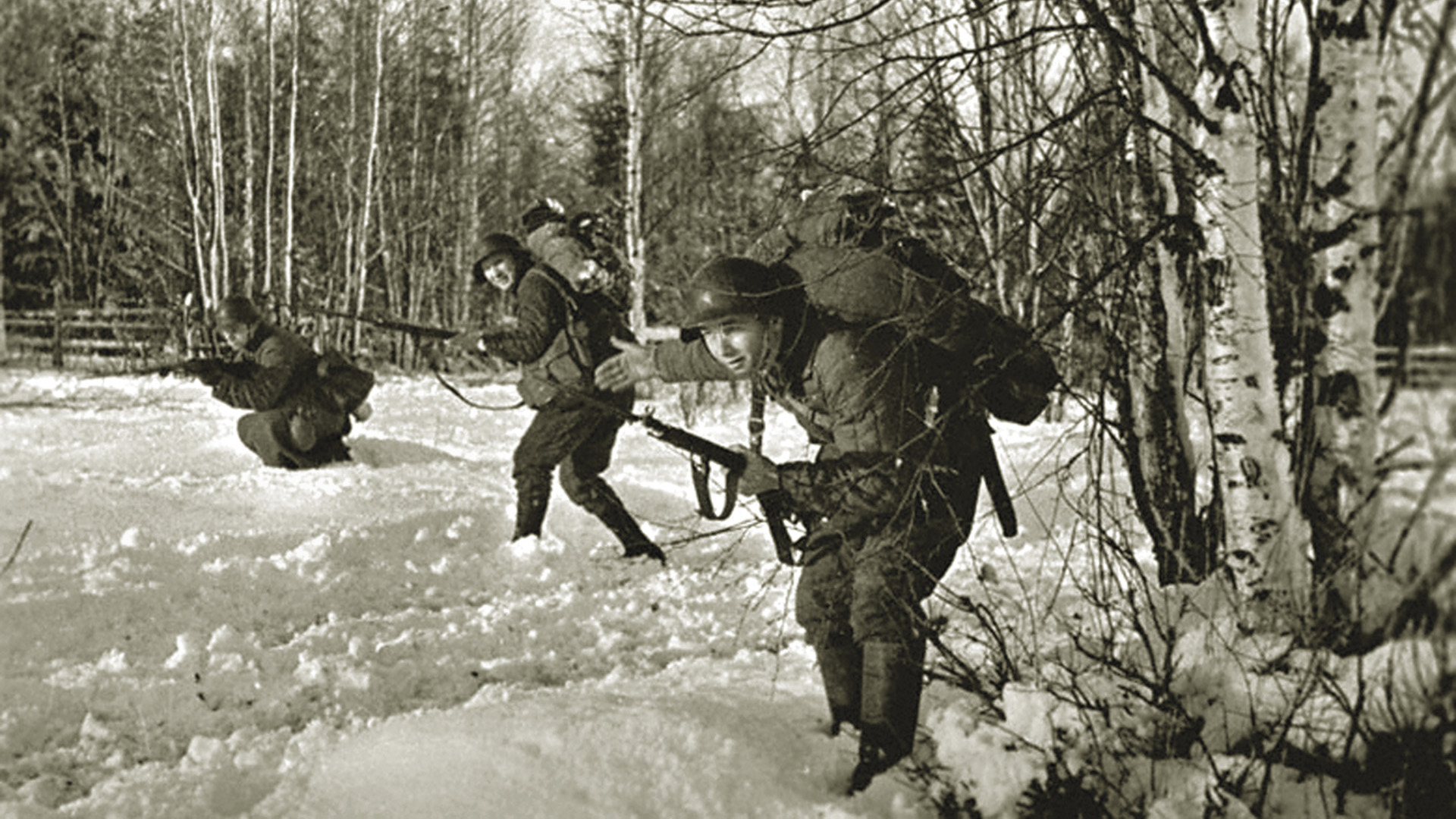

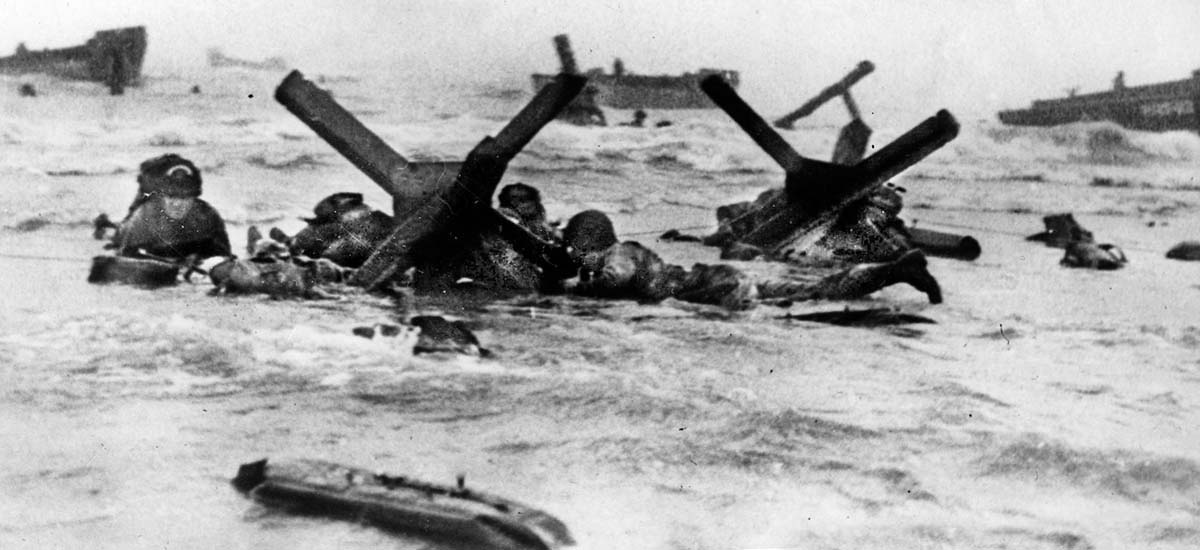
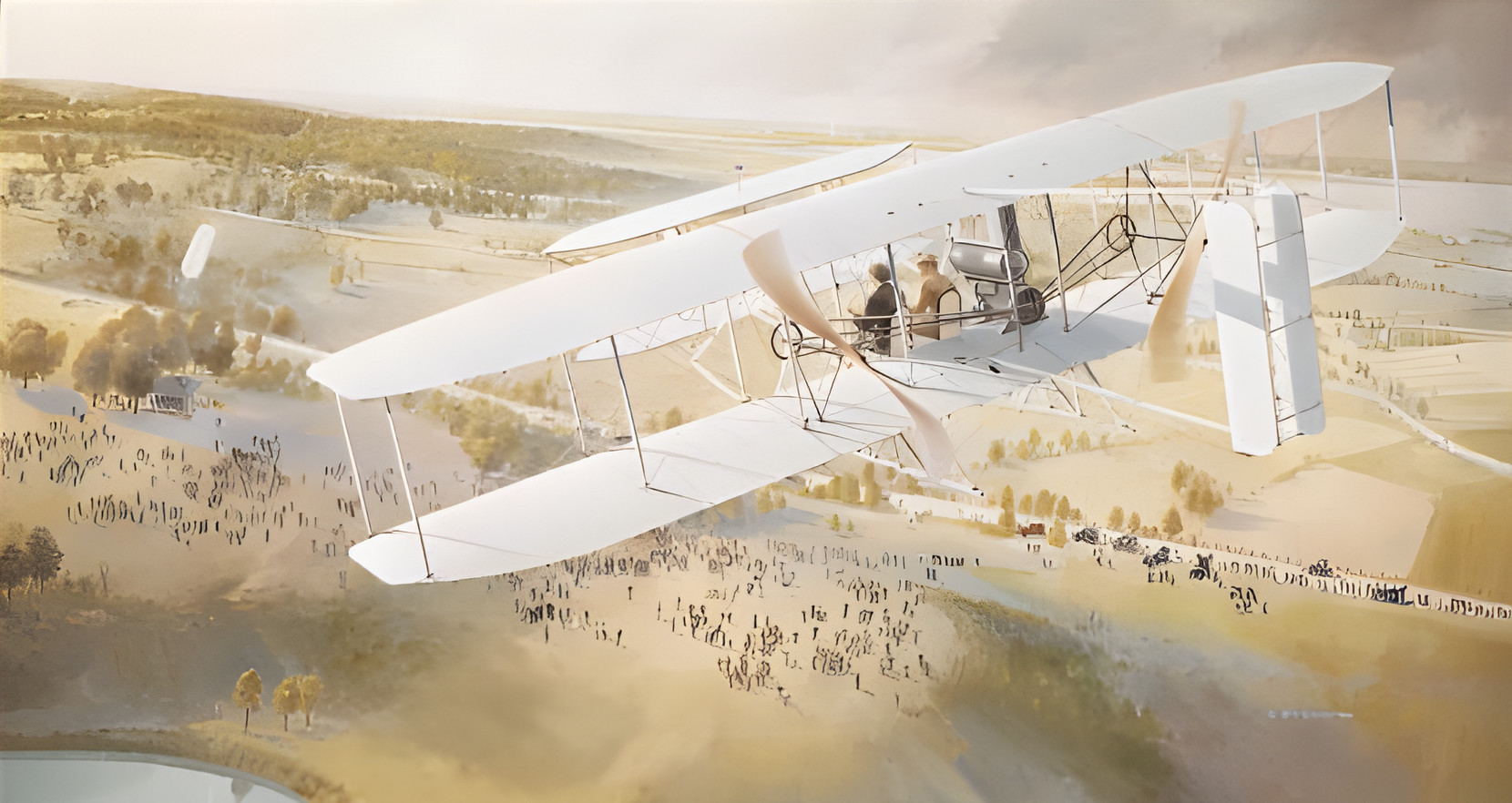
Join The Conversation
Comments
View All Comments